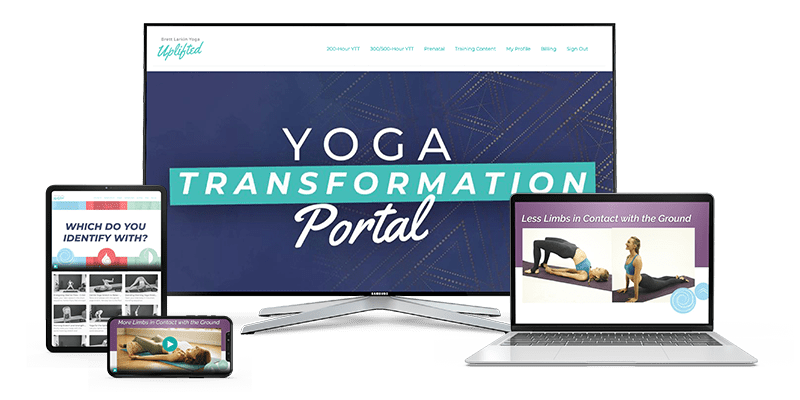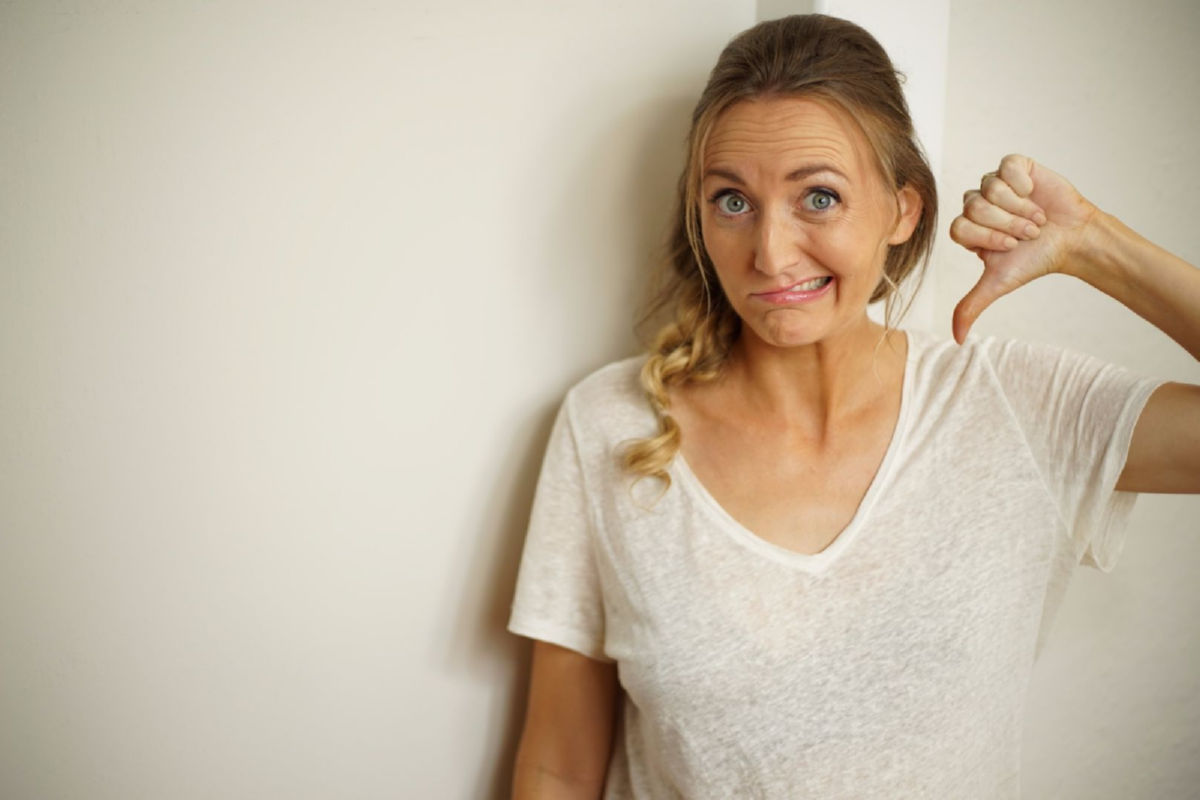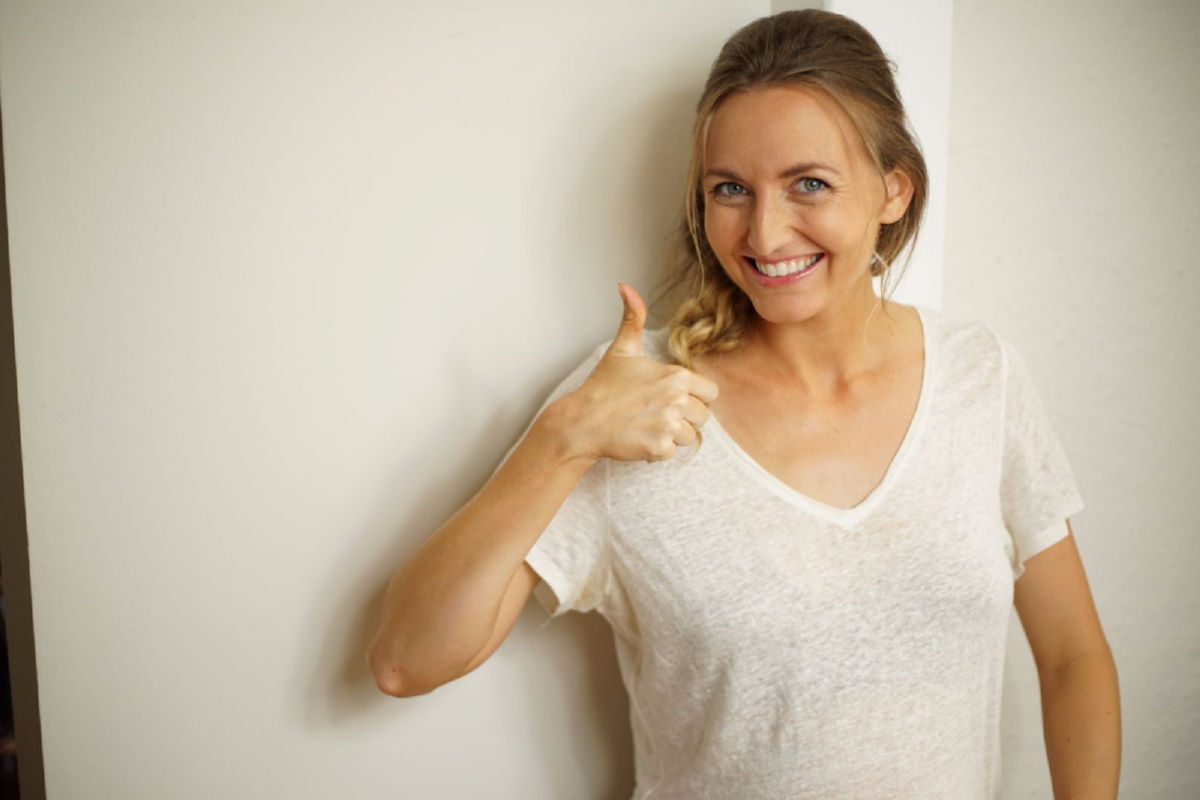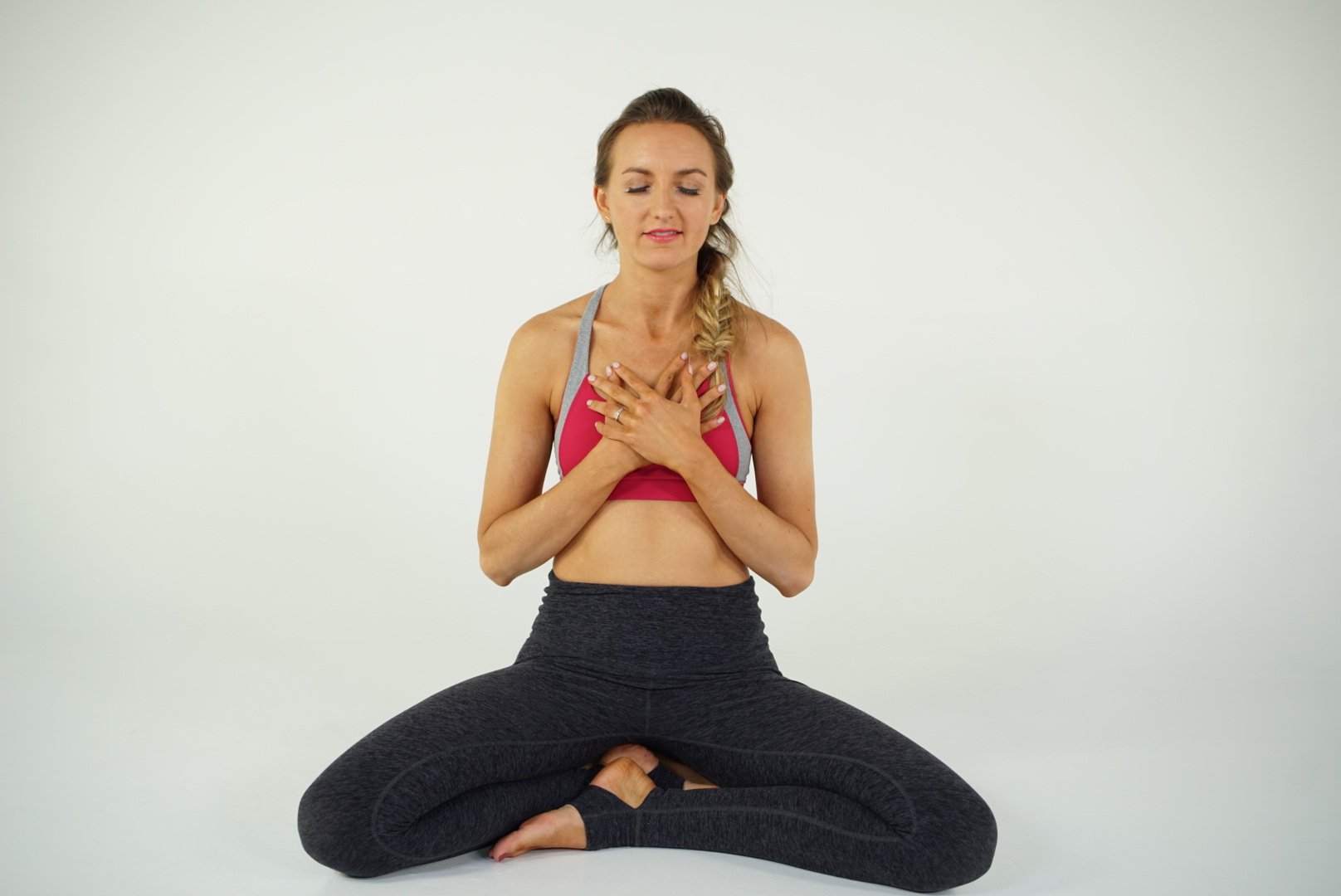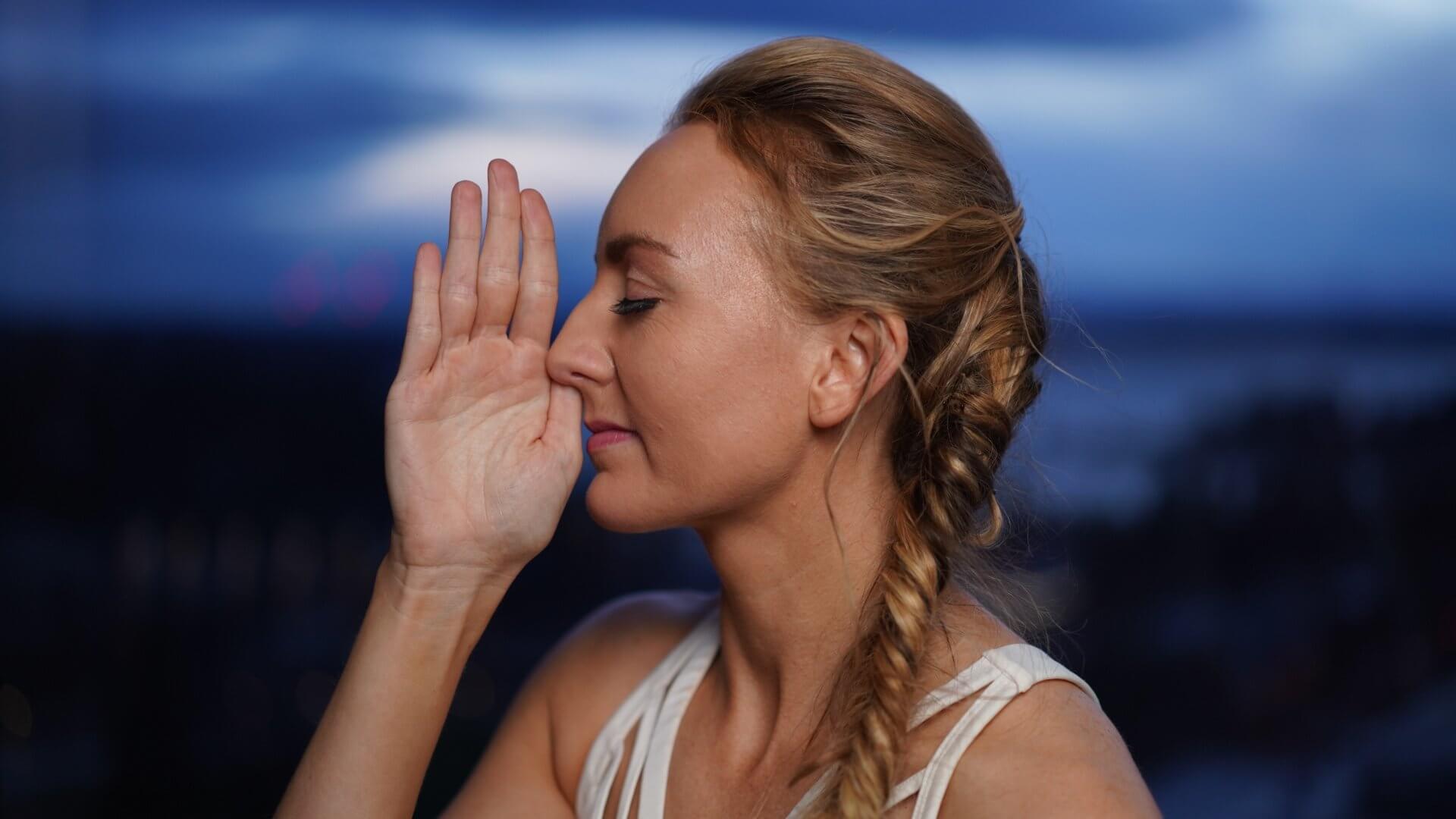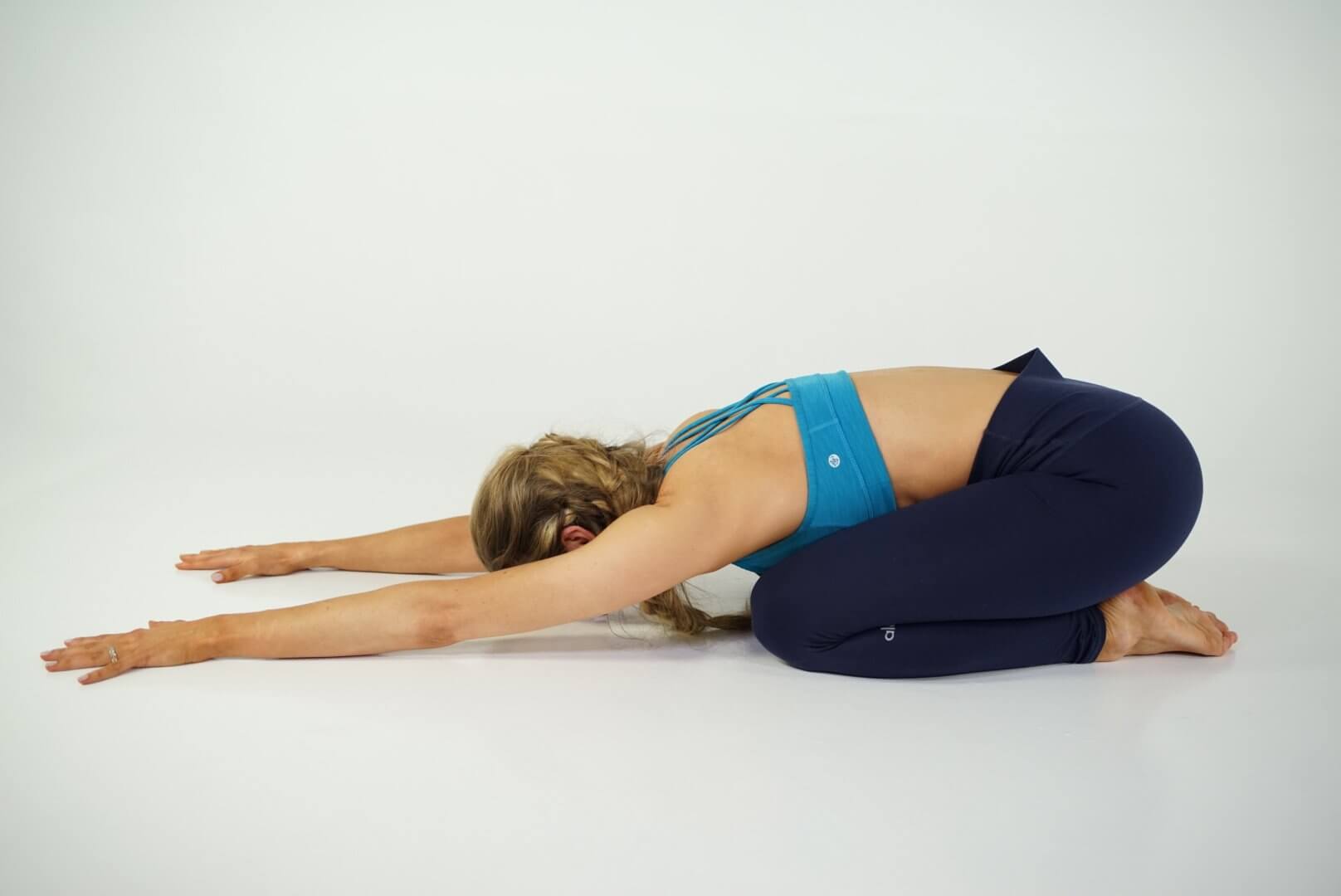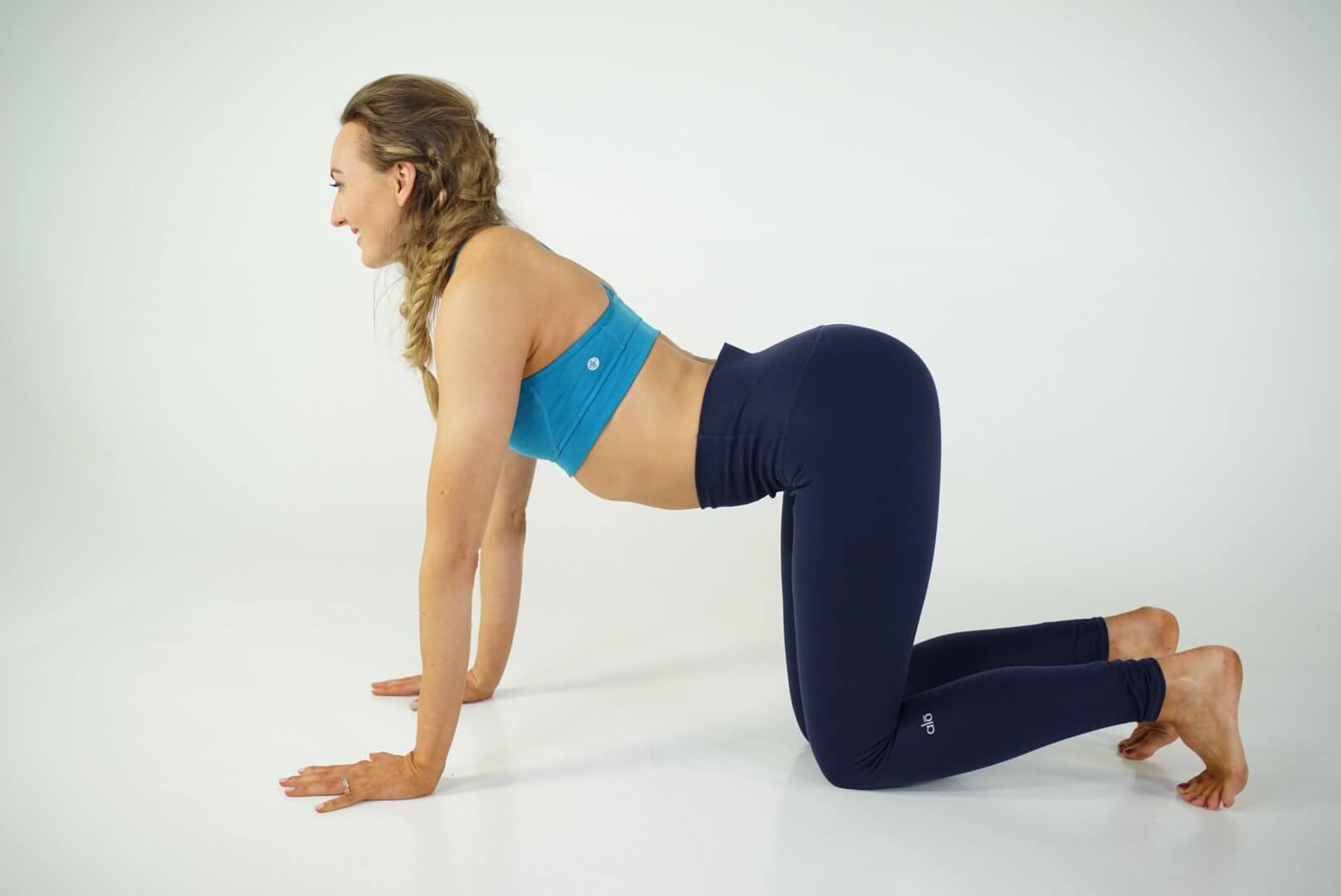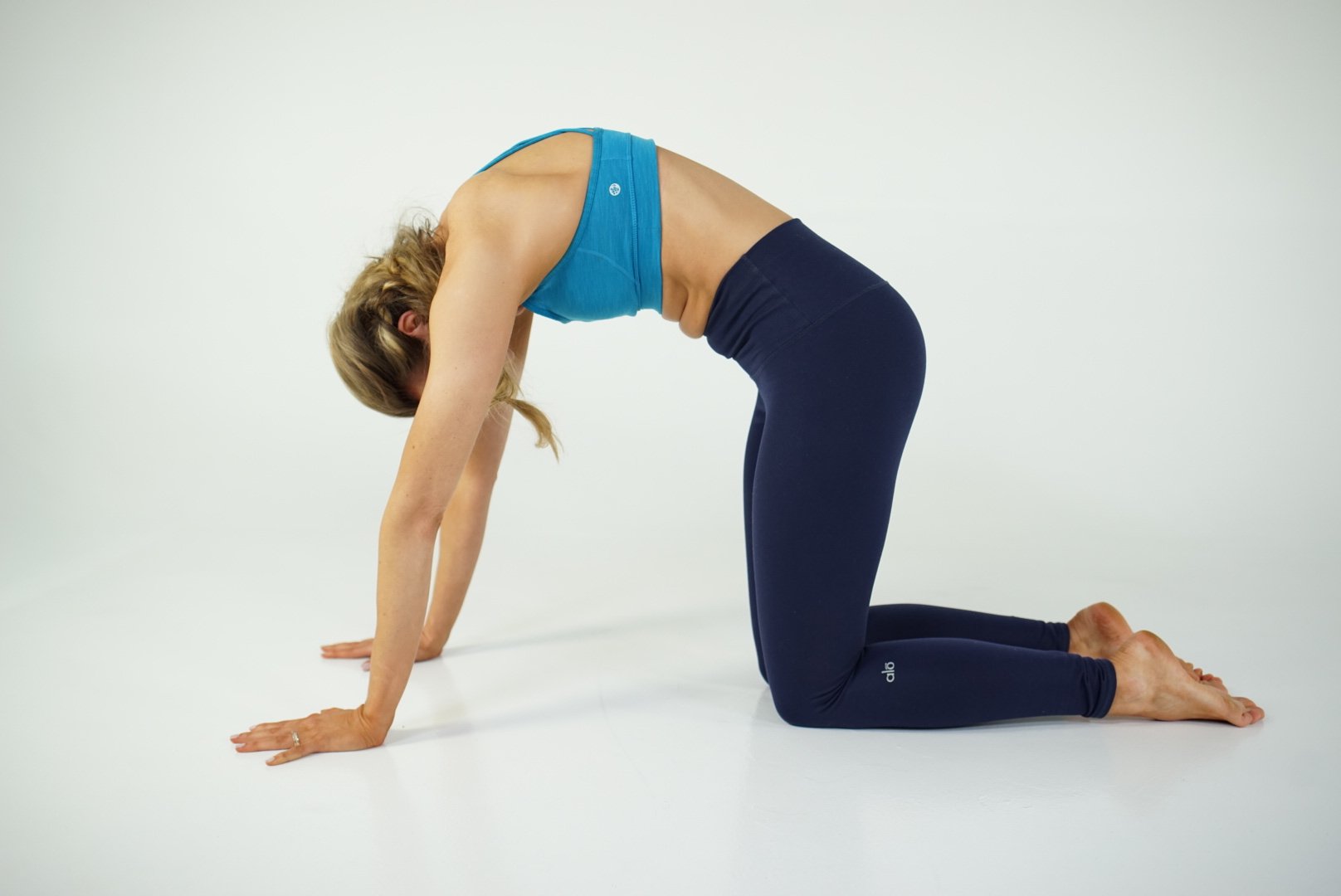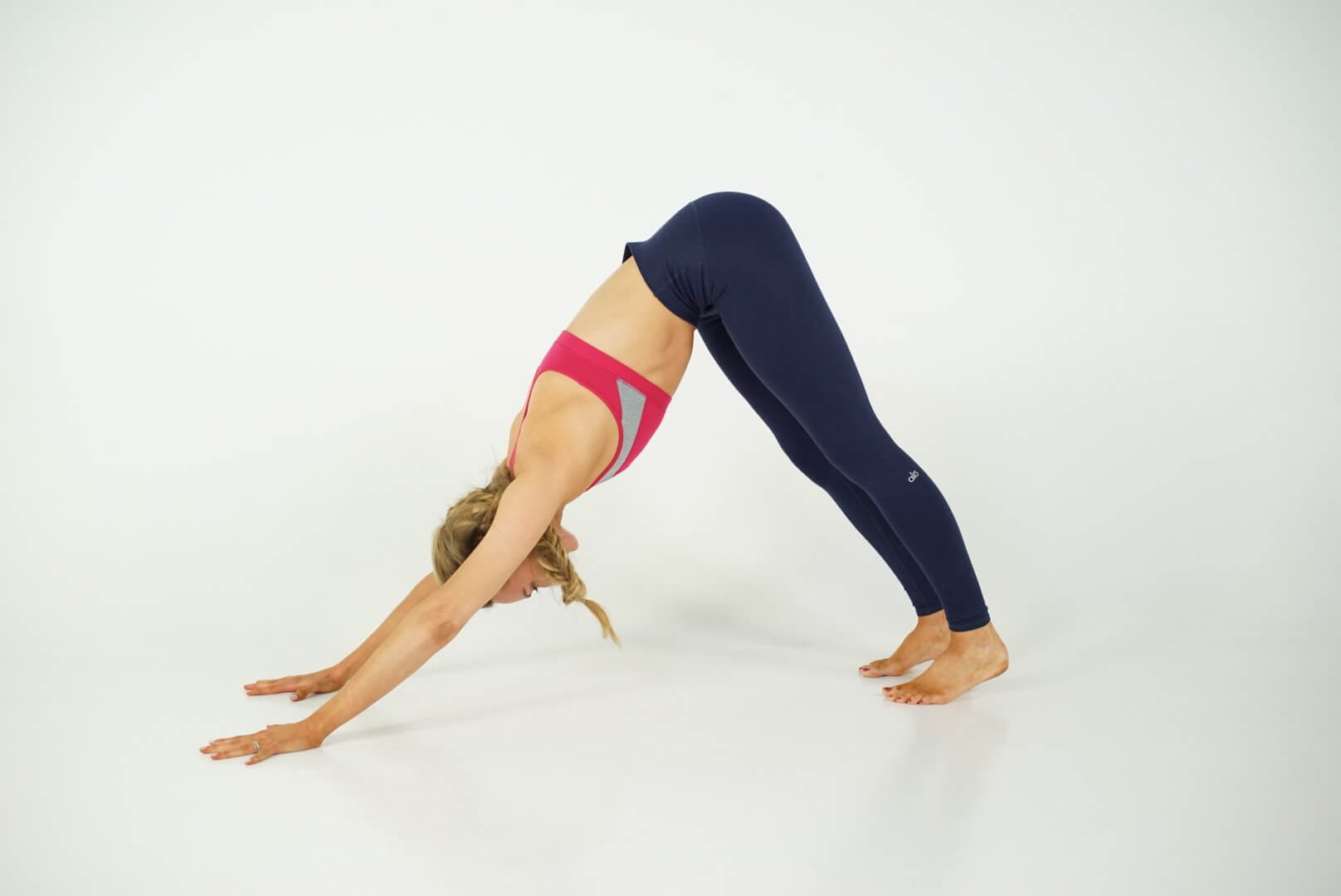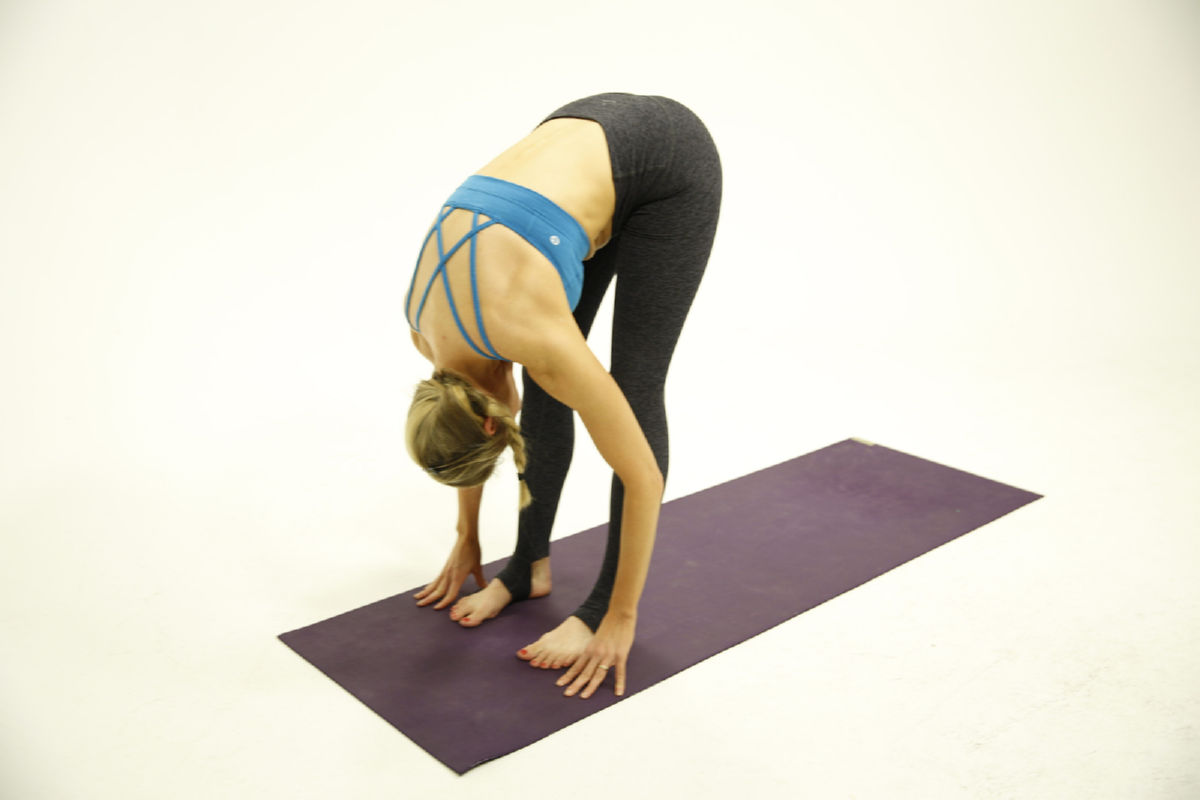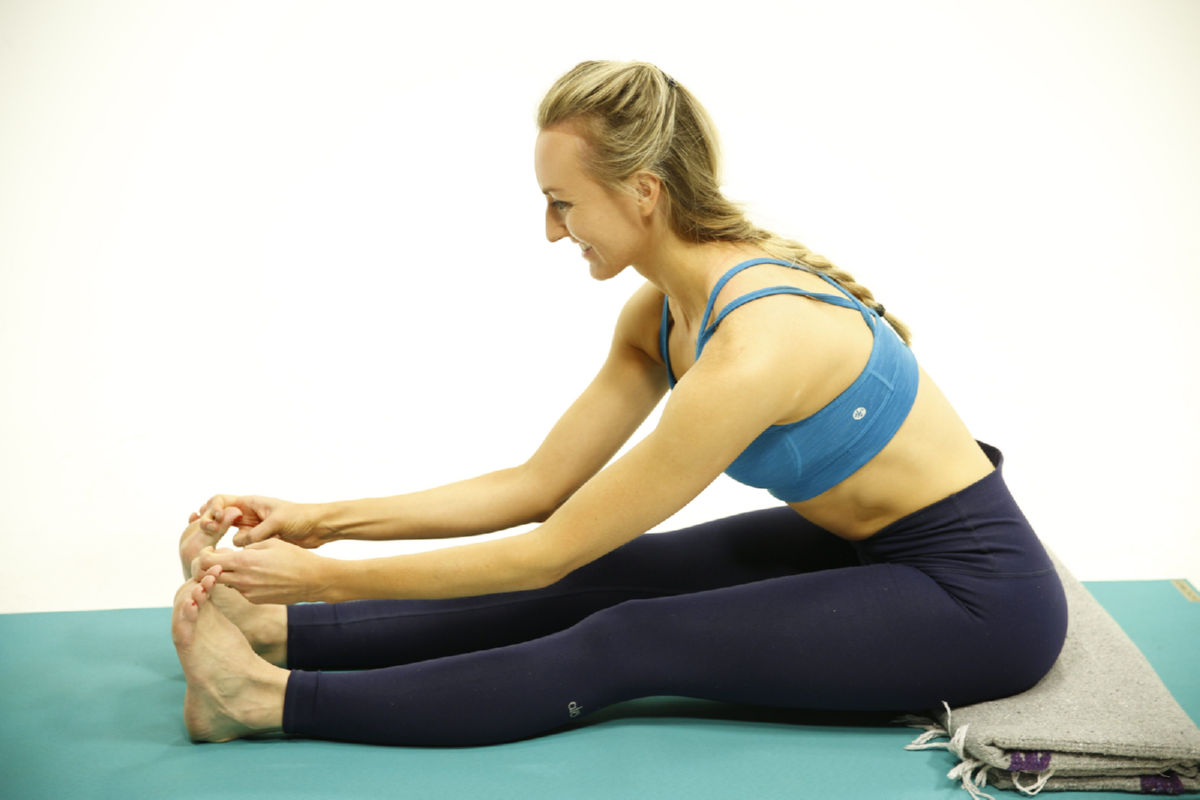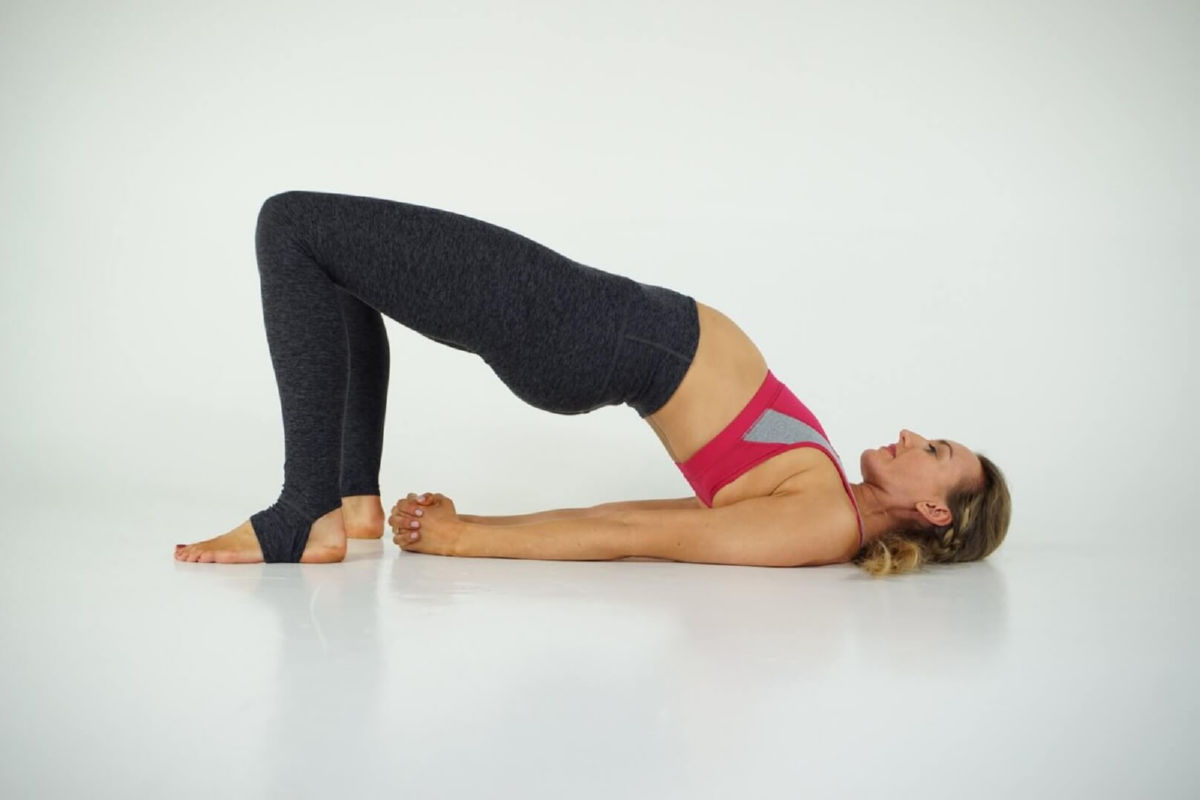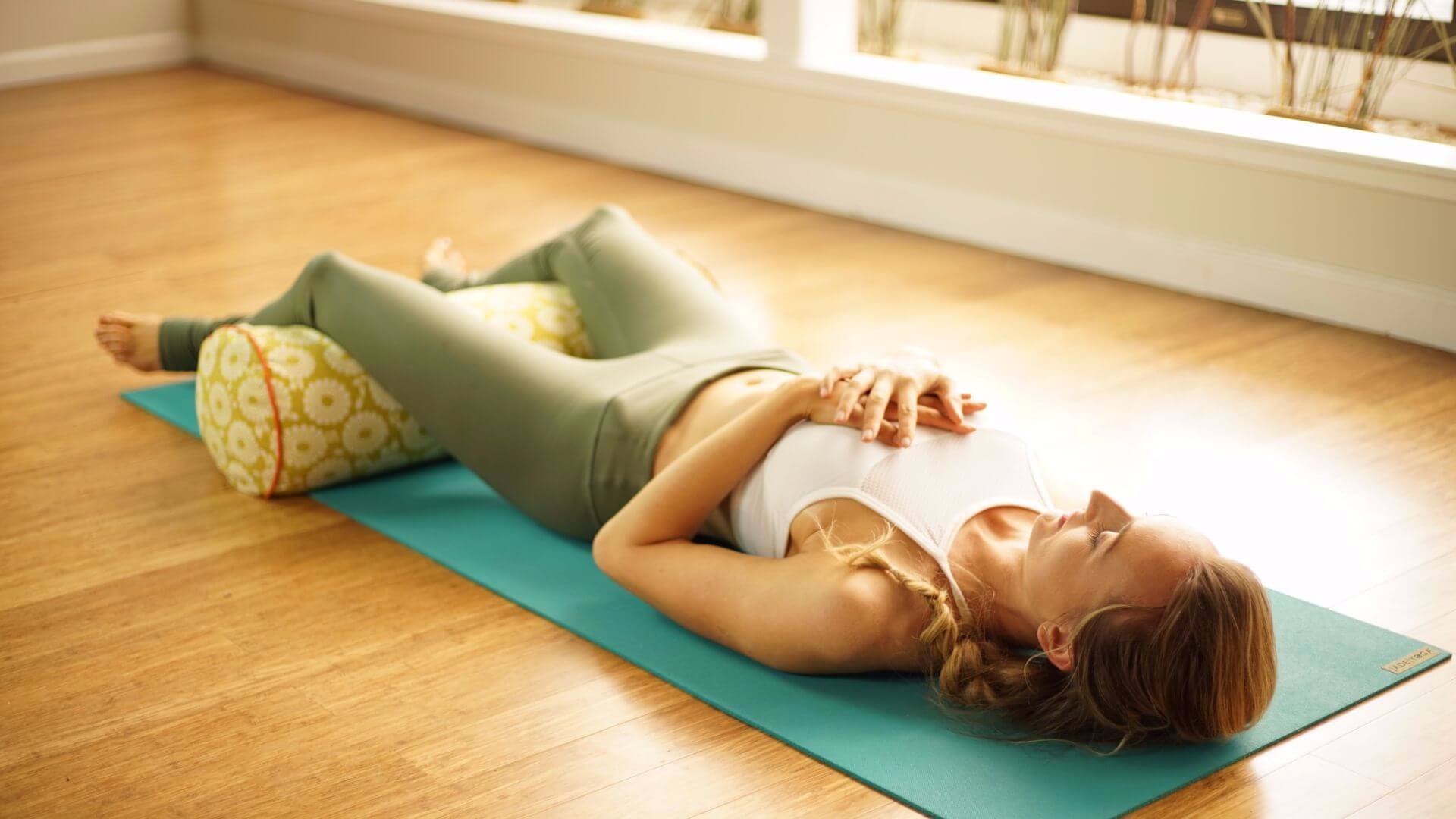LIFE IS STRESSFUL!!!
Whether it’s good stress or bad stress it seems to be a part of our everyday life.
When all that chronic stress starts to build we start to feel pretty yuck, whether it be physical (headaches/exhaustion) or emotional (anxiety/mild depression) manifestation.
Yoga is a fantastic way to reduce stress and learn how to manage it more effectively. Whether you practice yoga at home or in the yoga studio there are some key yoga poses that can assist you in your calming journey.
Jump ahead:
- 10 Minute Gentle Yoga Class for Stress Relief
- Best Types of Yoga for Stress Relief
- 10 Top Yoga Poses for Stress Relief
10 Minute Gentle Yoga Class for Stress Relief
Best Types of Yoga for Stress Relief
Really, any type of yoga can be great for stress relief. Moving the body helps calm the mind and focusing on our breath induces relaxation creating a stress relieving effect.
Here are three types that are exceptional to help you relax, reduce stress, and release:
- Hatha Yoga: Requires us to slow down and really be in the pose for a moment. This allows us to connect with the breath and create greater body awareness. It is active enough for those who feel like they just can’t sit still but still requires you to slow down enough to go inward.
- Restorative Yoga: Puts us in the most comfortable yoga asanas to release tension and relax deeply.
- Yin Yoga: Increases circulation and releases tension deep in the body forcing us to slow down and sit with ourselves and our emotions so that we can work through them.
10 Top Yoga Poses for Stress Relief
Here are a few yoga poses for stress relief:
1. Easy Pose – Sukhasana
- Step 1: From Dandasana(sitting legs extended) fold the legs in towards the body crossing at the shins.
- Step 2: Find a neutral pelvis, sit with a tall spine and a small dip in the chin.
- Step 3: Place palms in the lap or hands rest on top of the thighs. Deep breaths.
Variations: Place a block under your seat to make the position more comfortable or sit with the back to a wall to maintain a straight spine. If your knees are up high you can also roll a blanket and place it under the knees.
Benefits: Sukhasana creates greater body awareness, stretches the inner thigh and groin area and requires mild core engagement. It will reduce stress in the body and mind which makes it a nice start to relieve stress from the day.
2. Breathwork – Pranayama
- Step 1: Begin seated. Spine straight.
- Step 2: Place one hand on the belly, one hand on the chest.
- Step 3: Inhale into your belly, ribs and chest as much as possible, slight pause.
- Step 4: Exhale, let all these areas release completely. Repeat.
Variations: This is a simple full complete breath exercise. Check out some of the different breathing techniques in this blog post: Calming Pranayama for Clarity, Focus, and Peace.
Benefits: Breathing deeply is soothing and draws our attention inward. It allows us to slow down and clear our heads so that we release stress and focus our attention. When we feel really stressed out our mind feels like it just will not stop. Taking a full complete breath or trying a calming pranayama can deactivate this feeling.
3. Child’s Pose – Balasana
- Step 1: From all fours take your hips back to your heels. Take knees wide or touching.
- Step 2: Let the forehead rest down to the ground, closing the eyes.
- Step 3: Soften the shoulders and experiment with where you want your hands/arms: index fingers touching, elbows wide in a diamond shape, or slide arms alongside the body next to the feet.
- Step 4: Inhale rising back to all fours to come out of the pose.
Variations: To make this more restorative hug a bolster to your chest. Another great variation is to place a yoga block under the seat between the heels or under the forehead.
Benefits: This resting posture opens up the back body and is an amazing yoga pose to release the glutes and hips. This asana also takes our attention inward, cooling the body and soothing the nervous system. When in doubt just go into a child’s pose!
4. Cow Pose – Bitilasana
- Step 1: Start in a tabletop position(on all fours), knees under hips and wrists under elbows, under shoulders.
- Step 2: On an inhale broaden across the chest taking the collarbones back in space. Keep the belly engaged as it slightly drops down drawing the shoulders down the spine
- Step 3: Feel the gentle stretching along the front side of the body as the heart yearns forward.
- Step 4: Exhale bringing the spine back to a neutral table top position.
Variations: Try doing this in an easy seat(sukhasana) or sitting in a chair. You can also make a fist with the hands or use wrist wedges if you have any wrist concerns.
Benefits: Cow pose engages the muscles of the arms, upper back and shoulders. It opens and releases the chest and shoulder muscles where a lot of us hold stress and tension. Making this a great move for stress relief.
5. Cat Pose – Marjaryasana
- Step 1: Start in tabletop, knees hip width apart and wrists under elbows, under shoulders.
- Step 2: Exhale press palms into the mat, pulling the navel towards the ceiling.
- Step 3: Let the head drop as the tailbone lengthens down to the space between the knees.
- Step 4: Inhale bringing the spine back to a neutral table top position.
Variations: Cat pose can also be done seated in a chair or on the floor if hands and knees are sensitive. Switch to the forearms or put a blanket under the knees if this position puts too much strain on them.
Benefits: This yoga pose releases tension in the upper body allowing us to relax those shoulders down and relieve some of the stress we are holding there. This pose boosts blood circulation and increases circulation of spinal fluid.
Make your yoga practice 2x more potent in HALF the time (usually $47) FREE 👇
